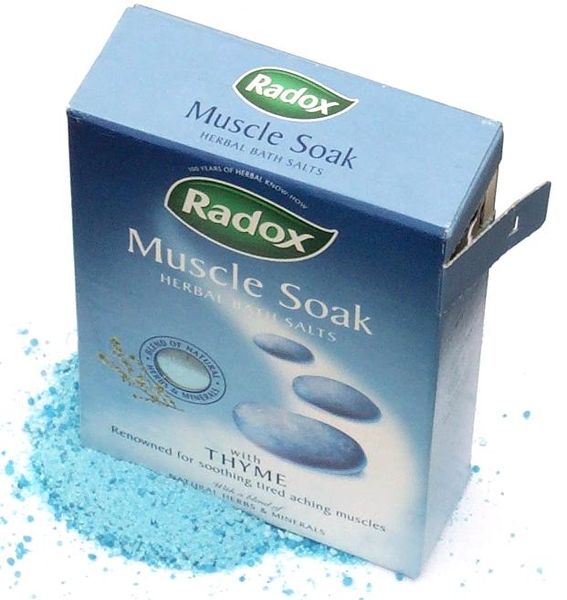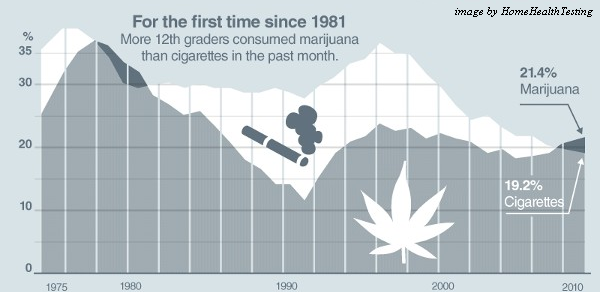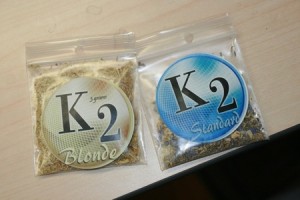Bath salts have been around forever but you probably never gave them much thought until recently. The Epsom salts used to help sore feet are not really all that interesting. Or at least, they probably weren’t until someone high on “bath salts” decided to kill his neighbor’s pet goat. But no worries, these aren’t the same “bath salts” you are used to – these new “bath salts” are a unique and dangerous phenomenon of their own. The source of emergency room visits and bizarre headlining crimes has been mislabeled, and we are here to clear up what the question “What is a bath salt?”
What are Bath Salts?
The “bath salts” discussed in the media are substances of abuse. They are “designer drugs,” meaning that they are not found in nature and instead are cooked up in a lab. The main drugs being sold as “bath salts” are Methylenedioxypyrovalerone and mephedrone. They are both stimulants that can have a wide variety of effects.
What is Methylenedioxypyrovalerone?
Also known as MDPV, Methylenedioxypyrovalerone is a very powerful chemical. It is apparently the main ingredient in the “Ivory Wave” bath salt brand. It has no medical use. The drug is similar to cocaine in effect, although apparently far less of MDPV is needed to achieve a cocaine-like high. It has also been compared to methamphetamine.
MDPV can provide increased feelings of stimulation and energy, along with increased concentration. However, it may also provide many of the negative effects associated with stimulants: rapid heartbeat, insomnia, fatigue, shaking/twitching, dizziness and overstimulation. Anxiety, paranoia, psychosis, and confusion can also accompany administration of the drug. As is the case with many designer drugs, a lot of the danger comes from the lack of research and regulation attached to it. MDPV has only been used recreationally since 2005 and there is a notable lack of information on the effects of the drug by dosage. Worse, its dosage can vary by brand so it’s not clear how much you may be taking at any given time. Simply put it’s a very risky, dangerous drug, not only because of its expected and unexpected effects, but also because of the lack of information available about the drug, period.

A popular MDPV or mephedrone containing brand of "bath salt." Photo credit Hunterdon Drug Awareness Program.
What is mephedrone?
Like MDPV, Mephedrone is a powerful stimulant and a designer drug. It is occasionally marketed as plant food but is also part of some “bath salts.” It has very similar effects to MDPV, ecstasy, and cocaine. The reported sense of well-being produced by mephedrone is more similar to ecstasy than cocaine. Mephedrone’s effects kick in a little sooner than MDPV’s, at about 15-45 minutes after oral administration, or within minutes when snorted. MDPV’s effects last a bit longer and it also takes longer for the effects of the drug to be felt. Hallucinations and paranoia have also been reported with this drug, but these effects seem somewhat less common in mephedrone than MDPV.
Where did these drugs come from?
It seems that both mephedrone and MDPV can be created at home, if you have the right chemicals. Unlike other drugs that can be created at home, like methamphetamine, you cannot currently urine drug test for them unless you use a lab (see below for more details). The chemicals used to create the compounds generally come from India or China. In the case of the packages being sold online and in convenience stores, it appears that some are coming from Europe. Bath salts were recently made illegal in the UK and in most of Europe, and presumably the suppliers had excess product they were interested in shipping. These drugs did not really appear on the scene until anywhere from 2005-2007, and demand is slowly being reduced as state and federal agencies fill the legal loopholes that have so far allowed people to purchase these substances freely.
What is the problem?
The inappropriate use of bath salts has led to some very bizarre and dangerous encounters in the United States. Recent stories traced back to bath salts include a man killing his neighbor’s pet goat while wearing woman’s underwear, various assaults on policemen while experiencing hallucinations, suicides, self-mutilation, and more.
Another danger these drugs present is that, due to the lack of scientific research, doctors are unable to calm patients that are having a bad reaction to the chemical compounds they’ve ingested.
How is the problem being solved?
Some states have already banned the sale of bath salts, as the sale of k2 / Spice products were banned state-by-state last year (and are now subject to a federal ban). The DEA has put these salts and mephedrone and MDPV on its “Drugs and Chemicals of Concern” list last year. And because they are similar to other illegal compounds, their use/possession can be prosecuted under the Federal Analog Act. The issue right now is that they can only be prosecuted if they are intended for human consumption…and as sold in stores these substances are clearly marked that they are NOT intended for human consumption (please see the Hunterdon Drug Awareness Program for more details).
Can these drugs be detected via drug testing?
Redwood Toxicology offers lab based urine testing for mephedrone and MDPV. Currently no instant or home drug test offers “bath salt” drug testing.
Resources on Bath Salts
These articles provide more information on bath salts.
“Why Snorting Bath Salts Is Popular – And Dangerous.“ Phoenix New Times.
“Comprehensive Drug Information on MDPV, Mephedrone (“Bath Salts”).“ Hunterdon Drug Awareness Program.
“MDPV Report.” Psychonaut Web Mapping Research Project.
“Designer drug ‘Bath salts” could be taking hold in N.J.“ The Star-Ledger.
Update: Glenn Duncan’s presentation at slideshare also has a lot of good information on MDPV and Bath salts, including which states have banned the use and possession of bath salts. Glenn is the Executive Director of the aforementioned Hunterdon Drug Awareness Program.
– Article by Robyn Schelenz







